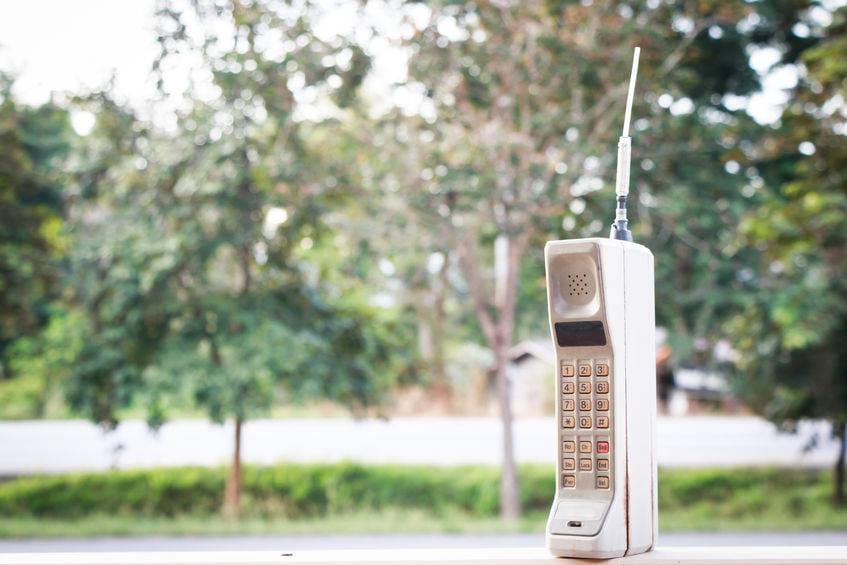8th September 2021
The Pew, The Brick And The Cloud – Designing The Future

Go back 10 years and imagine a life where you worked from a shared desk space, went away for the weekend driving a stranger’s car to share a stranger’s apartment in a city, took a ski holiday and shared a chalet with a bunch of strangers. Sounds more like an 18s-30s holiday than the reality which appeals to the masses in 2017. Uber, Airbnb and crowdfunding are mainstream. Collaborative cloud based work groups who could be situated globally but working on the same spreadsheet are commonplace. Meetings by Skype, courses via Webinar and living our lives through social media platforms are the norm. Sharing, it would seem, has come a long way in the past decade.
Sharing
A side effect of this collaborative lifestyle, is a generationally powered change in opinion toward the importance, or perceived importance, of ownership. In many ways, our hands have been forced; the average age of a first time house buyer is 30 for the UK, 32 in London. Go back a little further, and in 1986 there were 600,000 first time buyers applying for mortgages. At its lowest point in 2011, this number was under 200,000. In others, many are happy for flexible working hours, job shares and timetabled desk spaces.
We have suddenly embraced sharing; eating in restaurants such as Wagamamas where multiple groups are tabled together, incubator office spaces for fledging businesses sharing facilities, managed by a central company and even car pools. Sharing or renting may make perfect financial sense in terms of affordability; many agree that the added value of social interaction is not a poor relation to the importance bestowed upon increased profits or spare cash.
The Mobile Office
The mobile office has been the domain of the near-motorway hotel for many a year. Years back hotels embraced the concept of business centres, lobbies furnished with furniture allowing visitors the option to work or socialise, restaurant spaces transformed to other group or individual uses when not being used to fuel guests. No longer are these spaces uniquely the stomping grounds of headhunters meeting potential leads for first time interviews. No longer are we so precious about our conversations being heard that we cower toward a corner engaging hushed voices- after all, we are likely to serve a synopsis of the meeting on Facebook within an hour of the goodbye handshake. We have become used to sharing our lives.
The Work Place
So why would the work place be any different? It is time to rethink the employee-to-desk ratio necessary for running a business. Is it future proofing your business to reduce square foot over heads in favour of a higher proportion of unassigned seating? Some researchers, such as a recent paper published in the USA by Knoll, expect the number of office workers in unassigned seating to triple, rising to 32% within the next 5 years.
Designing Work Spaces
There are undeniably challenges to designing free address workspaces with reduced footprint and fewer individual desks. Predicting the number of employees requiring a seat at any given time is one such challenge. The simple answer, however, is for flexible furniture, which can be moved, to accommodate different volumes of people or groups, as well as the use of spaces such as cafeterias outside of key service times. We can learn from Churches rejecting traditional wooden pews in preference of removable chairs, as well as those branded hotels making us so very welcome in their lobbies , whilst charging a small fortune for coffees as a privilege.
An agile workforce that business owners would prefer to see out in the field making money that sat at a desk for the day, do not require a standard desk to do their job, most of the time. Shared group areas suit the highly connected and mobile worked in a collaborative role. The lines are so blurred between work, life, learning and social time, there is not such a stretch to embrace fluidity between individuals and teams, primary desk space, owned and shared work spaces and even tools. Technology has provided the final joist in the framework allowing the foundation of sharing to be built upon: The Cloud.
The Cloud
The Cloud, cloud based storage, network management, wi-fi, Bluetooth and the capabilites of the Apple-Generation further enable the shared workplace. There is no longer even a need to carry a laptop, let alone have a fixed PC on a desk. Instead, entire libraries of personal data and files can be accessed from any Internet enabled device. PCs can be shared with secure log ins and password protected file areas, but equally, information may be accessed from a tablet or even a phone.
We have come full circle. Back in 1983 when the first hand held phone was available commercially, we carried bricks for rudimental, voice only communication. The trend for handset size forced production of smaller and smaller pieces until the introduction of the smart phone. The iPhone 1 was 115mm by 61mm. A giant in comparison to the likes of the flip top Nokias of 2002. A giant, perhaps, until we compare the 1st generation to the iPhone 6 Plus at 158mm x 78mm. Not everything in tech is about getting smaller. Of course, your latest smart phone may well deliver your emails to a step-counting-watch on your wrist! A blog for another day!
Flexible Office Space
The fact that our options for technology can provide to us are wider than the wildest dreams of the average person, is arguably enough to conclude that a flexible office space focused on collaboration, cloud storage and social interaction is a justifiable consideration when creating the ‘must-have’ list for the new address of a business on the move. Could this be the solution for you? For many of our clients it is. The presentation of an office to reflect the unique requirements of your workforce is our greatest passion.